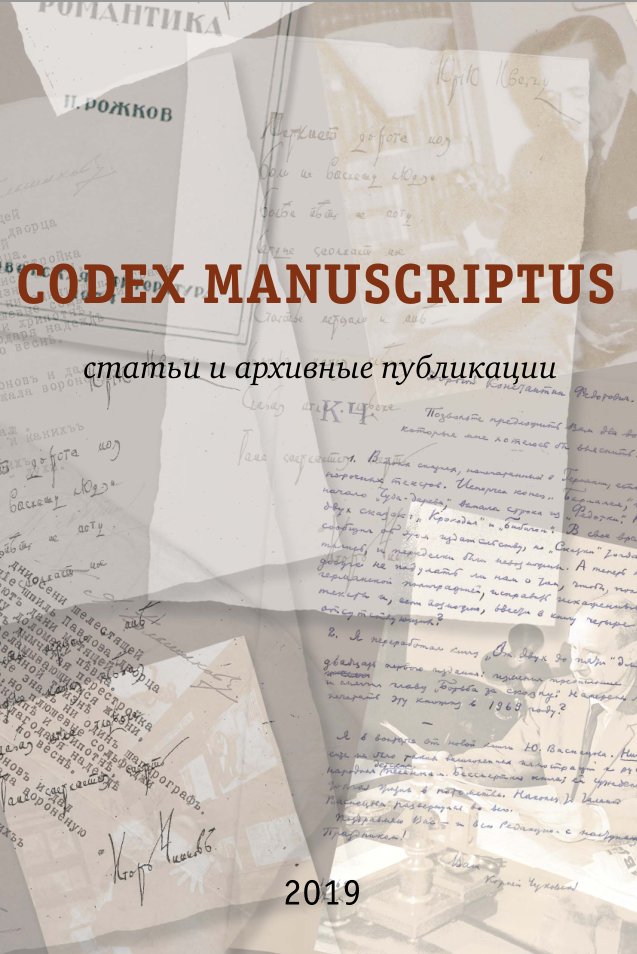Abstract:
The article is devoted to the problems of visionary architecture in the texts of the German science fiction writer Paul Scheerbart (1863–1915). Architecture was the ideal art for Scheerbart, and the architect was the perfect ruler. The writer believed that it is the nature of architecture that determines the characteristics of culture and shapes the person of the future. For Scheerbart, cosmocentrism is characteristic, the desire to dissolve the boundaries that separate intelligent beings living on Earth and other planets from the greatness of cosmic life. Scheerbart’s fantastic architecture can serve several functions. It should awaken in a person a sense of admiration for the greatness of the cosmos, restore the integrity of the disintegrated universe, illustrate a mystical or cosmological doctrine, spiritually improve a person so that he can understand the language of an animated cosmos. Space and architecture in Scheerbart’s texts combine three features: infinite perspective (Unendlichkeitsperspektive), versatility (Vielseitigkeit) and the principle of metamorphosis (Umwandlungsprinzip). The ideal architecture of Scheerbart has the maximum abundance of forms, variability, mobility and atectonicity. The main idea laid down by Scheerbart in the project of the ideal architecture of the future is the idea of infinity and overcoming the boundaries between Earth and Space, material and spiritual, artificial and natural. Scheerbart believed that it is not a person who creates architecture, but architecture creates a new person. The ideal embodiment of this idea was for him transparent glass architecture.






